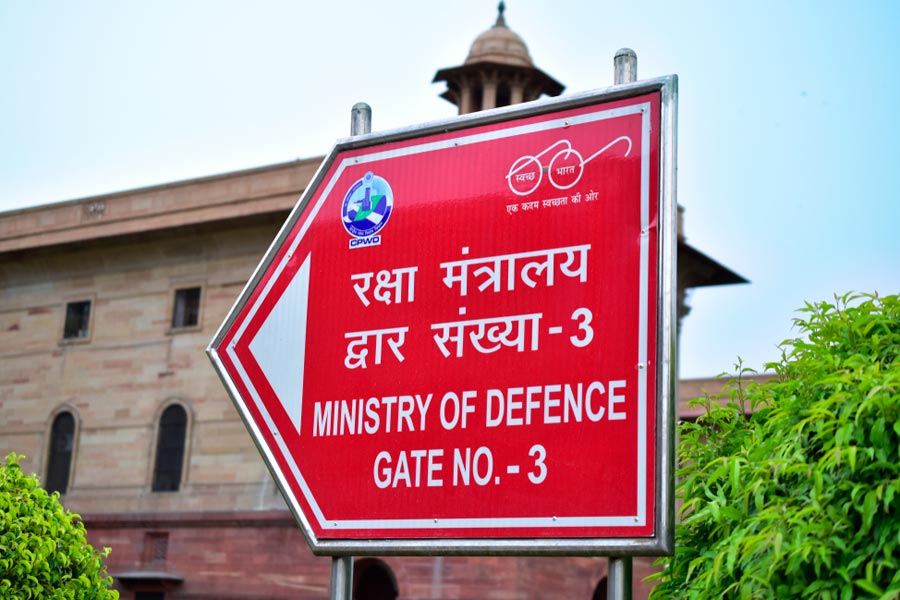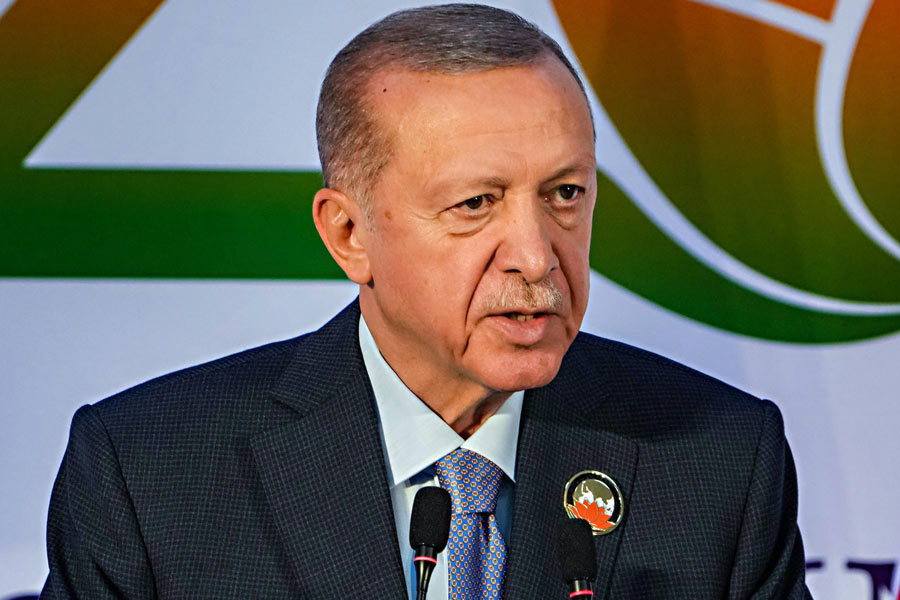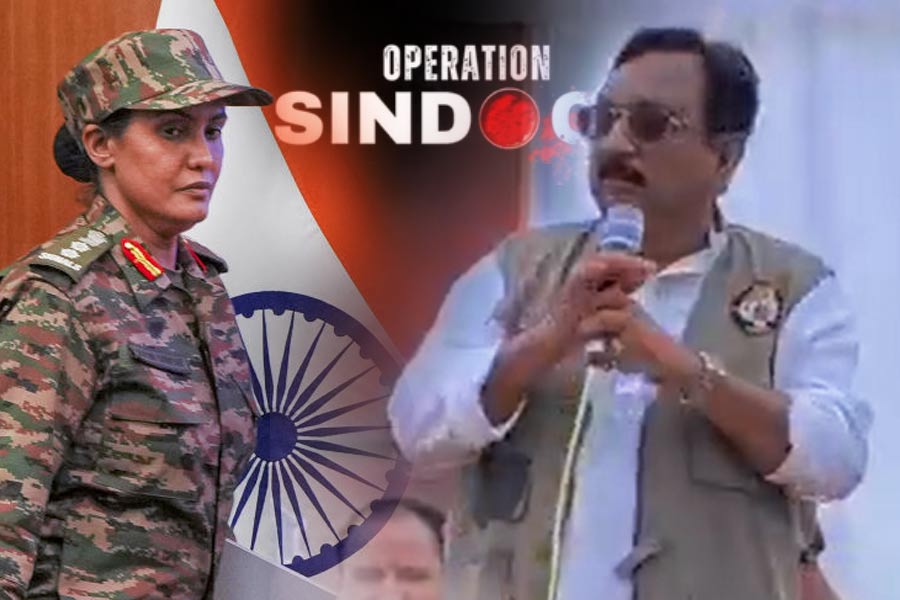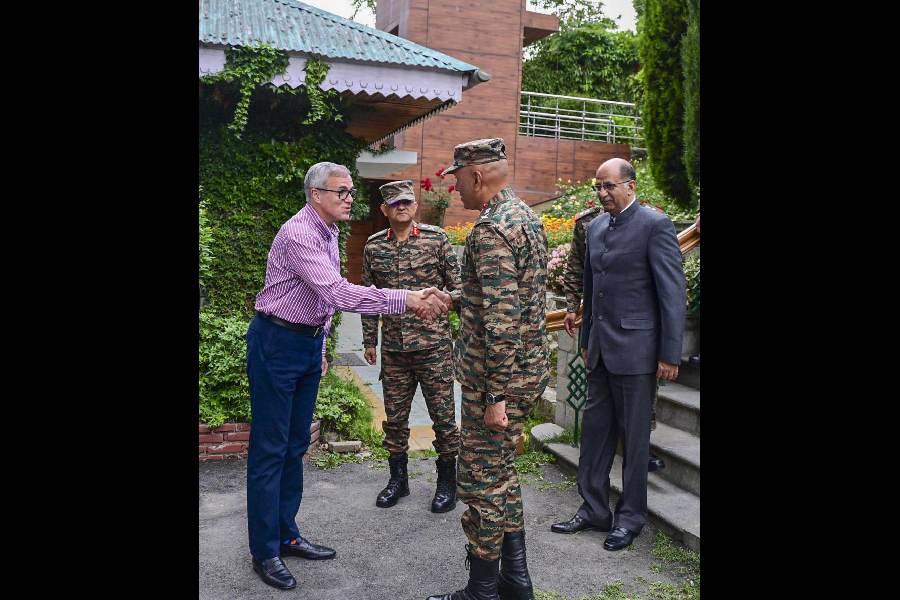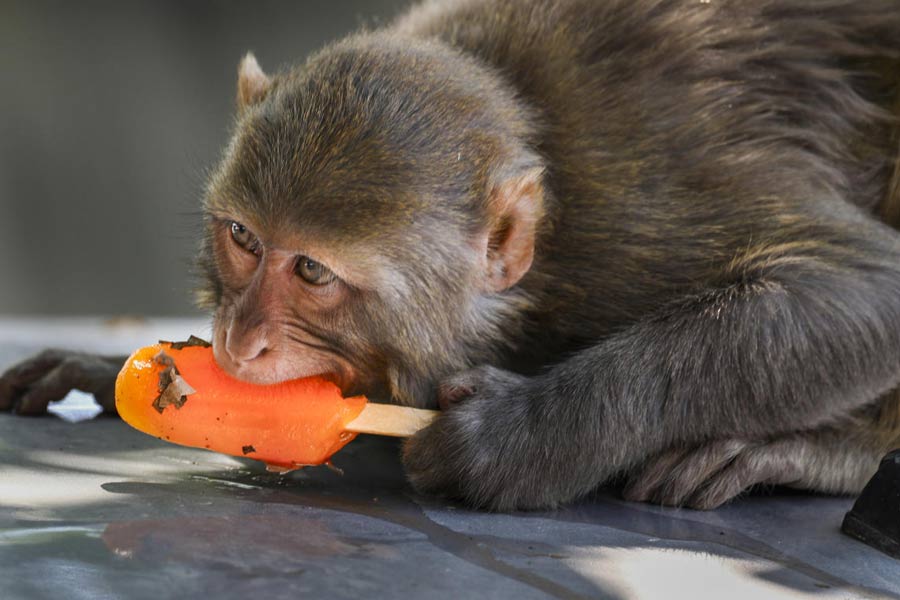 |
“Something is rotten in the state of Denmark” — these memorable words by a minor character, Marcellus, in Shakespeare’s Hamlet are still fresh in our minds. Paraphrasing Shakespeare’s words to make them suited to the Indian context today is bound to hurt some people. But one cannot help trying thus — something is going to be rotten in the state of the Indian army today as it has been repeatedly hitting the headlines for all the wrong reasons. This author is acutely aware of how adverse the reaction is likely to be in certain quarters after seeing a fair amount of harsh words in print. Some questions may even be asked about the credentials of a civilian’s “imagination”. If indeed that happens, one would be more than happy to be instrumental in stirring the collective conscience of the civilians and sow the “seeds of urgency” to make course correction in the barracks and cantonments of the Indian army. It should be the bounden duty of every Indian too to have some vision of national security, and a sense of responsibility to it, apart from those who are directly responsible for looking after the defence of the nation.
Although boxing is a form of sports in an army station, if it spills out of the ring to physically bruise men and their officers, one has little to choose except to define and state the obvious. It is rank indiscipline, bordering on mutiny, as it results in “boxing, slapping, shouting, abusing, mutiny, insubordination” and what all you may have within its operational units. No doubt there will be tremendous internal pressure to understate and underplay the incident in Meerut cantonment, in which soldiers and officers alike exchanged off-the-ring physical blows, thereby resulting in injuries, breaking all the rules of a united fighting force. Hence, let this mutiny-like act by front-line soldiers and officers not be pushed under the carpet, because it is grave enough.
Why grave? Recalling a chain of similar ‘events’ happening with a certain frequency would reveal all. Thus, on April 29, 2010, rank indiscipline and a fight between the soldiers and officers of 45 Cavalry, based in Gurdaspur, resulted in disciplinary action against more than 200 officers and soldiers. The fact that more than 200 men had to be disciplined speaks for itself. Again, on May 10 and 11, 2012, serious ‘fighting’ erupted between soldiers and officers of 226 Artillery Regiment Nyoma, resulting in tough disciplinary proceedings against several men in the forward area bordering China. To make matters worse, on August 8, 2012, the Samba-based 16 Cavalry saw a serious breakdown of discipline, resulting in another soldier-officer brawl. And now comes another fight between men and their commanders, on October 10, 2013.
A persistent question demands a rational answer. What ails the army of 21st-century India? What has gone wrong with the superior-subordinate equation, which wholly revolves around an unquestionable mutual trust, faith and confidence? Why are the soldiers so restless? Is it owing to factors born during duty hours or because of external causes affecting their morale, attitude and sense of justice? Similarly, what fails the officer corps? Why are they repeatedly found wanting in commanding their troops efficiently in forward areas? Are they setting a bad example to the rank and file? Is this a question of inadequate standards? Where are those who join the army motivated not only by by professional pride, self-respect, honour and valour, but also by something dear to all professional soldiers, the traditional glory and history of their regiments? Whatever may be the reasons, it is time the government of India takes things seriously. Things have been drifting along this way for too long now.
According to this author, the army’s present plight constitutes the third chapter in the nation’s 66 years of independent existence. The first chapter lasts from 1947 to 1962, in which the British-influenced officer corps were more British than the Britons. However, they were at least good in man-management initially. They successfully saved and effectively thwarted the invasion of Kashmir in October, 1947, by the frontier tribes — planned and supported by the Pakistani army. Though a microscopic minority of Indian officers subsequently came under the influence of the heady indigenous politics of the new-born nation, 99.9 per cent remained totally apolitical, and professionally competitive and competent. However, it was that microscopic minority of ‘spineless yes-men’, ‘courtier soldiers of extra-professional ambition and post’ that was fairly and squarely responsible for the humiliating defeat of the Indian army in the hands of the Chinese invaders.
The second phase of the army is its ‘finest hour’ as two about-to-be-discarded chiefs, Jayanto Nath Chaudhuri and Sam Manekshaw, brought the army back to its professional rails in the wars of 1965 and 1971, both against Pakistan. The 1965 war, despite some reversals, saw an emphatic restoration of confidence and morale, coming, as it did, soon after the 1962 disaster. Officers and men fighting in the barracks, mess or cantonment, was simply unheard of as 1971 brought the ultimate victory of an Indian army in the 2,000-year history of South Asia. Manekshaw proved himself to be the epitome of a soldier’s General — a few dissenting voices and criticism by a some self-styled experts notwithstanding. It was the victory of Indian defence forces that created an era of national glory and triumph, helping the prime minister, Indira Gandhi, reach the summit of power, prestige and status on the world-stage.
The third phase, however, followed soon after in the 1980s. Internal military operations in a religious shrine led to a nasty bout of spontaneous revolt by soldiers in 1984, and therefore to the disbanding of several fighting units, thereby breaking the unity of the troops with far-reaching consequences. The officer cadre, too, could not remain unaffected, in spite of an apparent show of strength and unity, and the emphatic denial of any difference or preferential treatment of some on the basis of the ‘fraternity of the soil’. As in all the armies of the world, there soon developed the ‘politics of the Indian Army’, which was somewhat similar to that of the 19th-century German army, also known as the Prussian army. Gordon A. Craig’s classic book, The Politics of the Prussian Army, shows how the unwritten and unspoken rule of promotion to senior command ensured reservation for a particular class of officers hailing from a particular part of the Prussian empire. It was a classic monopoly of the higher command, in which ‘outsiders’ had little, or no, chance to reach the top.
In our neighbourhood, Pakistan’s army is a live case-study of how posts of senior command are inevitably and invariably filled on the basis of the domination of a particular ethnic or linguistic group, which is not used to being subservient to anyone except its own fraternity. Unfortunately, wittingly or unwittingly, there are some visible signs of Indians following such an unhealthy pattern that exists in India’s neighbourhood. All in all, the frequent episodes of unrest in the army bases are clearly bad signs. As this piece was about to be completed, there came news of another incident in Batala, Punjab, where soldiers assaulted their commanding officer. Even as a civilian, I do see clear signs of danger. “There are no bad soldiers, only bad officers,” Napoleon had said. Who would doubt this apt statement?


